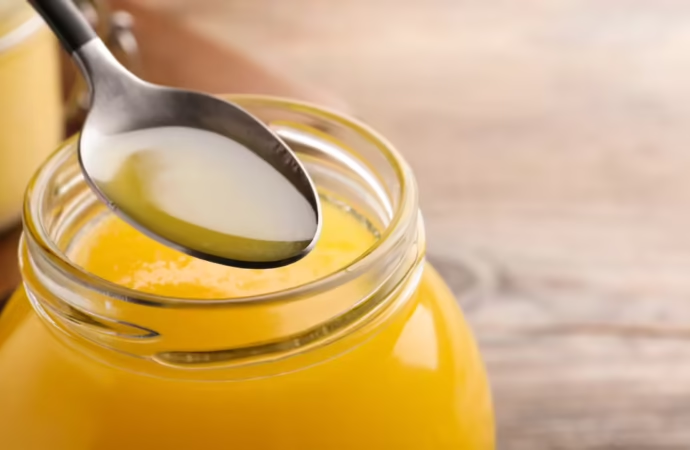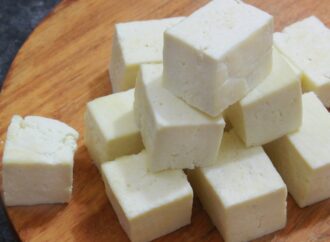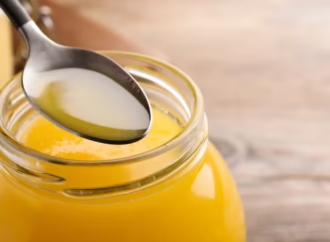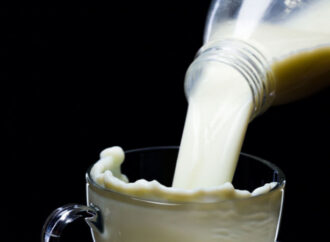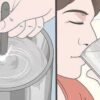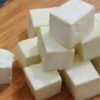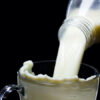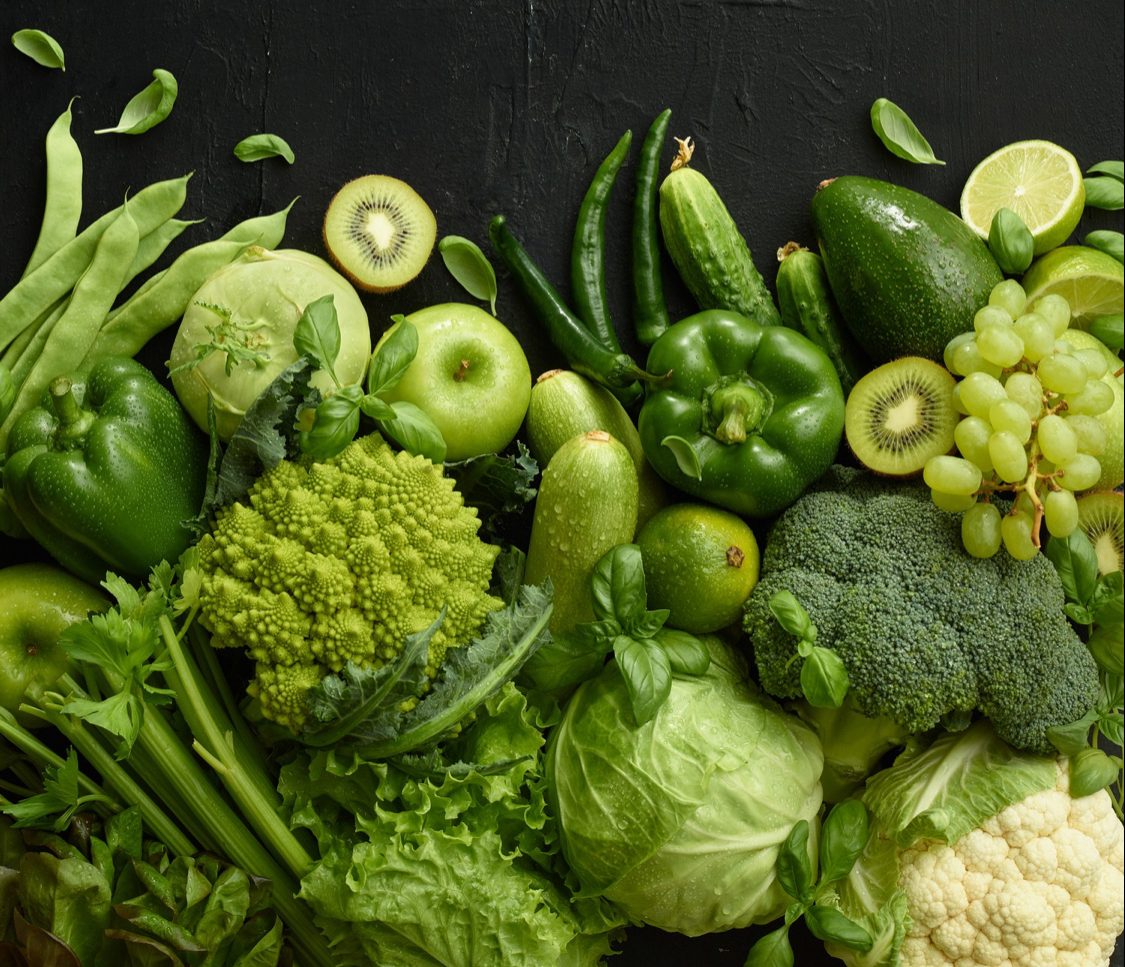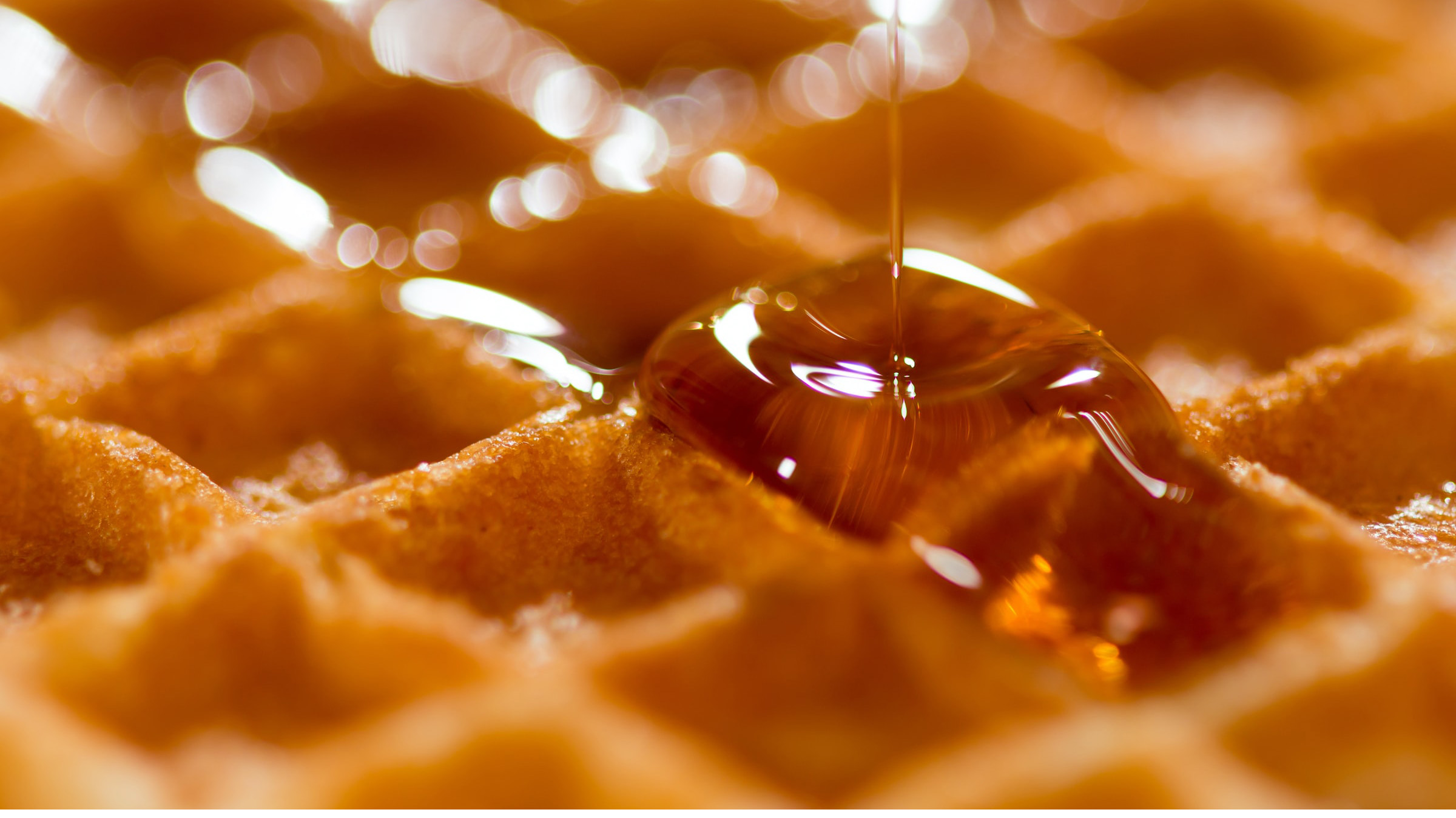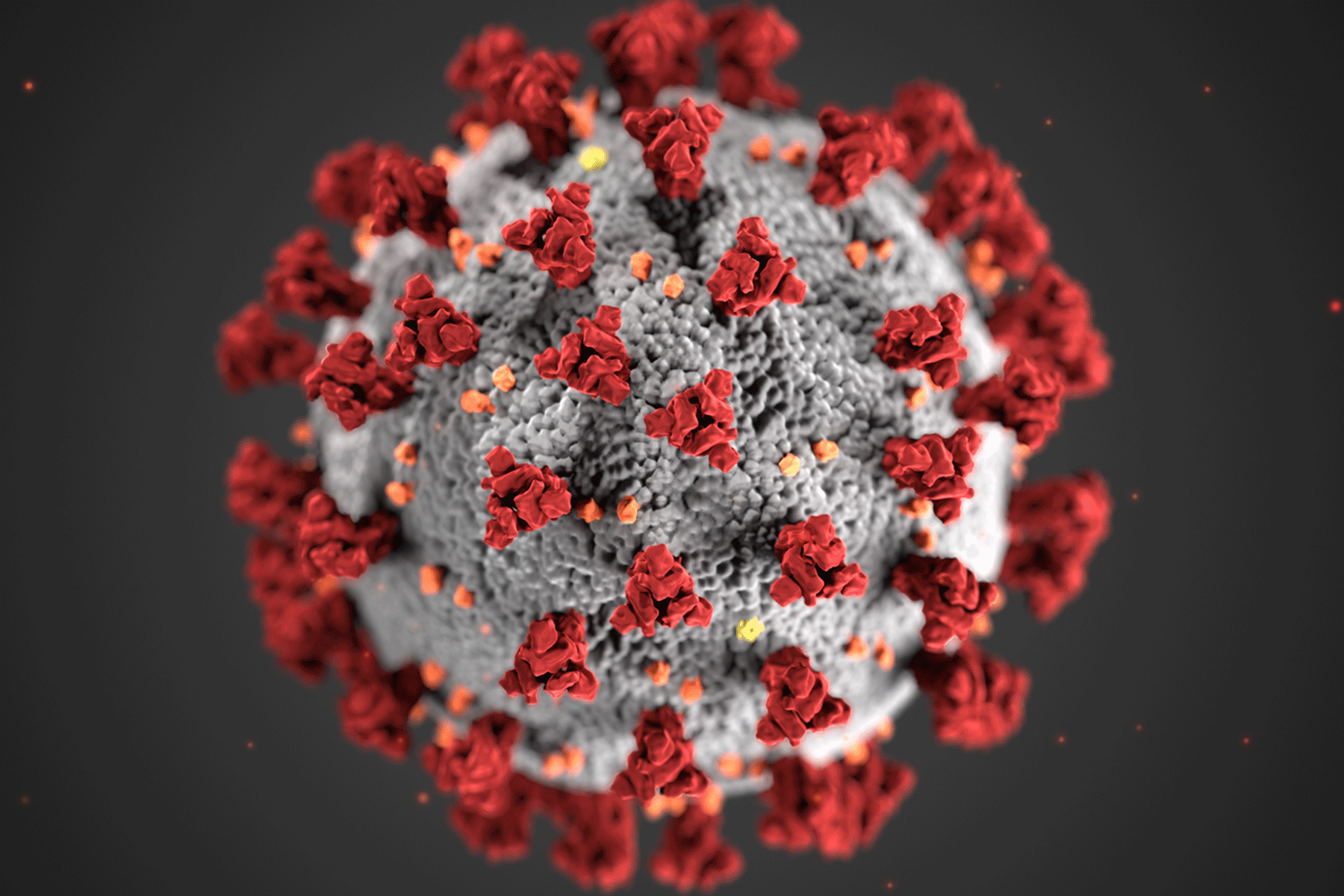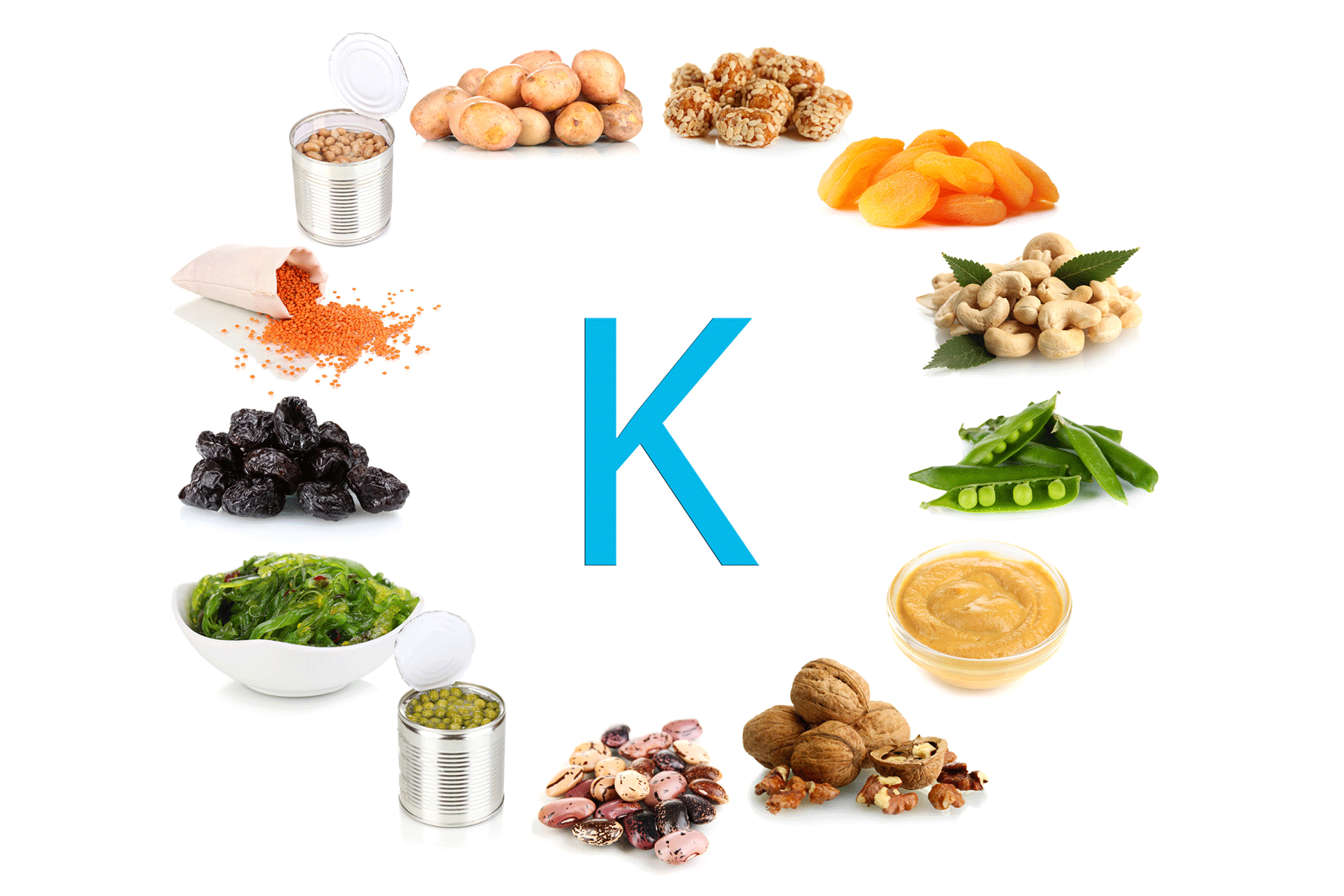Key Update
Punjab Police and the Health Department jointly raided a counterfeit desi ghee factory in Baghapurana town, Moga. Investigators discovered large-scale production of fake ghee made by blending refined and vegetable oils with synthetic essences to mimic the texture and aroma of pure ghee.
During the raid, officials seized packaging rolls of popular ghee brands, which the culprits used to label their adulterated product. The fake ghee was being supplied to local retailers and sweet shops across Moga and nearby towns. Police arrested four individuals linked to the racket, according to media reports. Authorities suspect that the operation had been running for several months, distributing adulterated ghee through local trade networks. Investigators are now tracing the supply chain to identify other traders and shopkeepers involved.
Samples Sent for Testing; Legal Action Underway
Police have initiated legal proceedings under the Food Safety and Standards Act. The Health Department has sent seized samples for laboratory analysis to determine their chemical makeup and assess potential health hazards. Officials confirmed that the adulterated product poses serious health risks to consumers.
How Fake Desi Ghee Is Made
Counterfeit ghee production typically starts with refined oils such as palm, soybean, or vanaspati. Manufacturers melt these oils and mix them with hydrogenated fats to thicken the consistency. They then add yellow colouring to create a natural golden hue and synthetic fragrances to imitate the nutty aroma of pure ghee. Some even use paraffin wax or starch to enhance texture and appearance. Although it looks and smells like real ghee, the product lacks nutritional value and may contain harmful substances.
Associated Health Risks
Continuous consumption of fake ghee can cause clogged arteries, high cholesterol, and liver damage. Unlike genuine ghee, which is made by slowly simmering butter from milk, adulterated ghee offers no health benefits. Pure desi ghee supports digestion, improves nutrient absorption, and promotes heart health — qualities absent in counterfeit alternatives.
Simple Ways to Spot Fake Ghee
- Smell: Pure ghee has a mild, nutty aroma; fake ghee smells synthetic or overly sweet.
- Touch: Authentic ghee feels grainy and melts easily, while fake ghee feels smooth and greasy.
- Heat Test: Pure ghee melts cleanly without residue; fake ghee foams or leaves a sticky layer.
- Chill Test: Genuine ghee solidifies evenly in the fridge and softens at room temperature. Fake ghee remains greasy and semi-solid.
- Price: Genuine ghee costs more to produce. A low price often signals adulteration.
Source: NDTV
 Food Manifest
Food Manifest 